Rio Tinto Commits $215 Million to Low Emission Steelmaking Research in East Rockingham
In a significant move to advance sustainable practices in the steel industry, Rio Tinto has announced a $215 million investment in a cutting-edge research and development facility located in East Rockingham. This initiative aims to significantly reduce carbon emissions associated with steel production.
The BioIron Process: A Game-Changer for Low-Carbon Steel
The new facility, situated in the Rockingham Strategic Industrial Area, will focus on trialing Rio Tinto's innovative BioIron process. This groundbreaking technology uses raw biomass, such as wheat straw and canola stalks, to convert Pilbara iron ore into metallic iron, thereby producing low-carbon iron suitable for steelmaking. Unlike traditional methods, this process eliminates the need for coking coal, potentially reducing carbon dioxide emissions by up to 95%.
Economic and Employment Benefits
The development of the BioIron facility is set to have a positive economic impact on the region. The project is expected to create approximately 60 construction jobs and provide ongoing employment for around 30 full-time workers. Fabrication of the necessary equipment is scheduled to commence this year, with the facility expected to be fully operational by 2026.
Premier Roger Cook's Vision for WA's Future
Premier Roger Cook emphasized Western Australia's pivotal role in leading the charge towards low-emission steel production. "As one of the world’s largest iron ore producers, it just makes sense for WA to lead the world when it comes to low-emission steelmaking," he stated. He highlighted the state's strategic plan to transform WA into a renewable energy powerhouse, unlocking significant economic opportunities by producing low-emission steel locally.
Rio Tinto's Commitment to a Low-Carbon Future
Simon Trott, Rio Tinto's Chief Executive for Iron Ore, underscored the global need for low-carbon steel to achieve net-zero emissions. "We are working to make this a reality by finding better ways to turn our Pilbara ores into steel," Trott said. He praised the BioIron technology as a potential key player in the future of low-carbon steel. "This research and development facility will further test the BioIron process, showcase Western Australian innovation capability, and further demonstrates Rio Tinto’s commitment to supporting and enabling the decarbonisation of the steel industry."


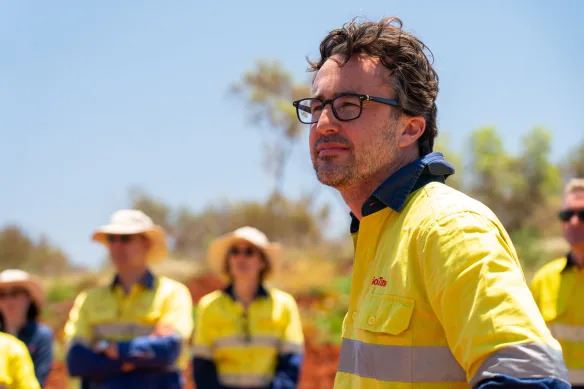

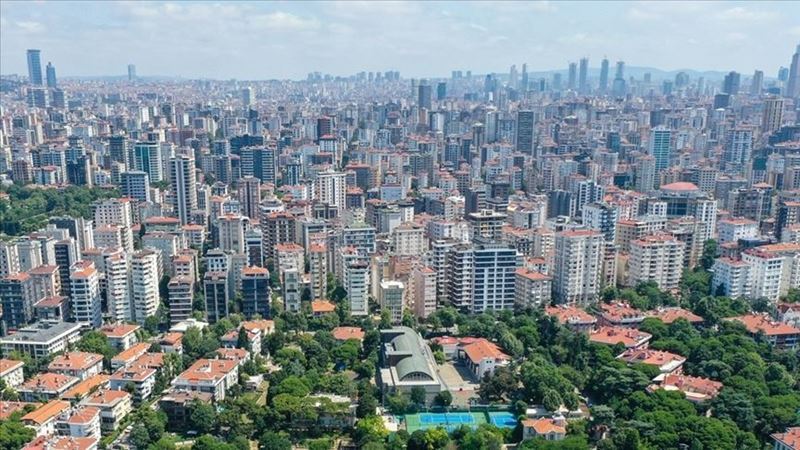
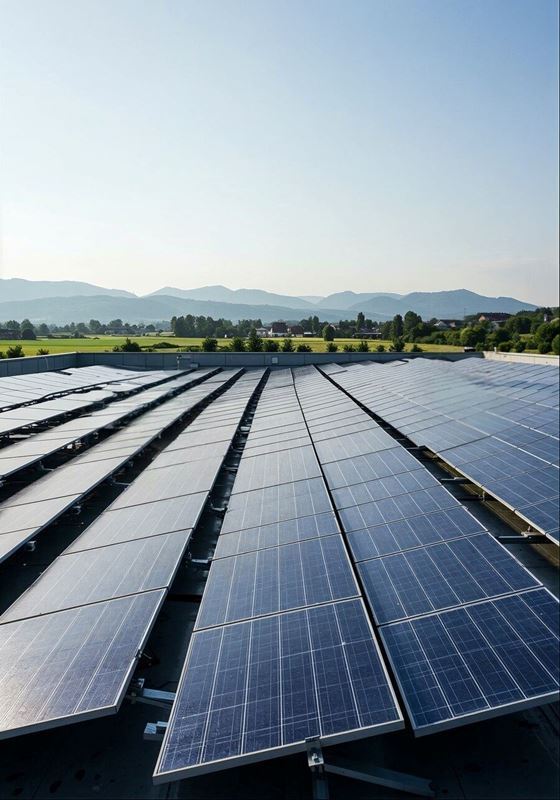
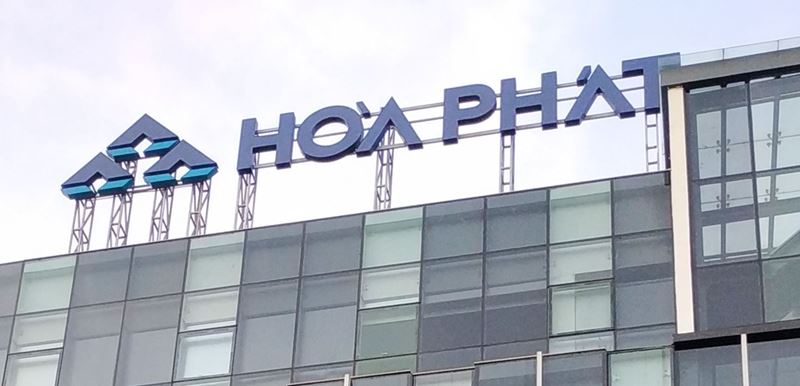

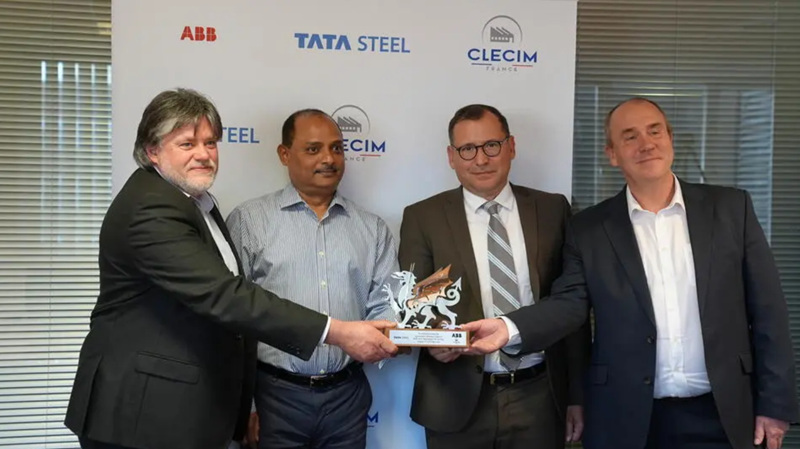


Comments
No comment yet.